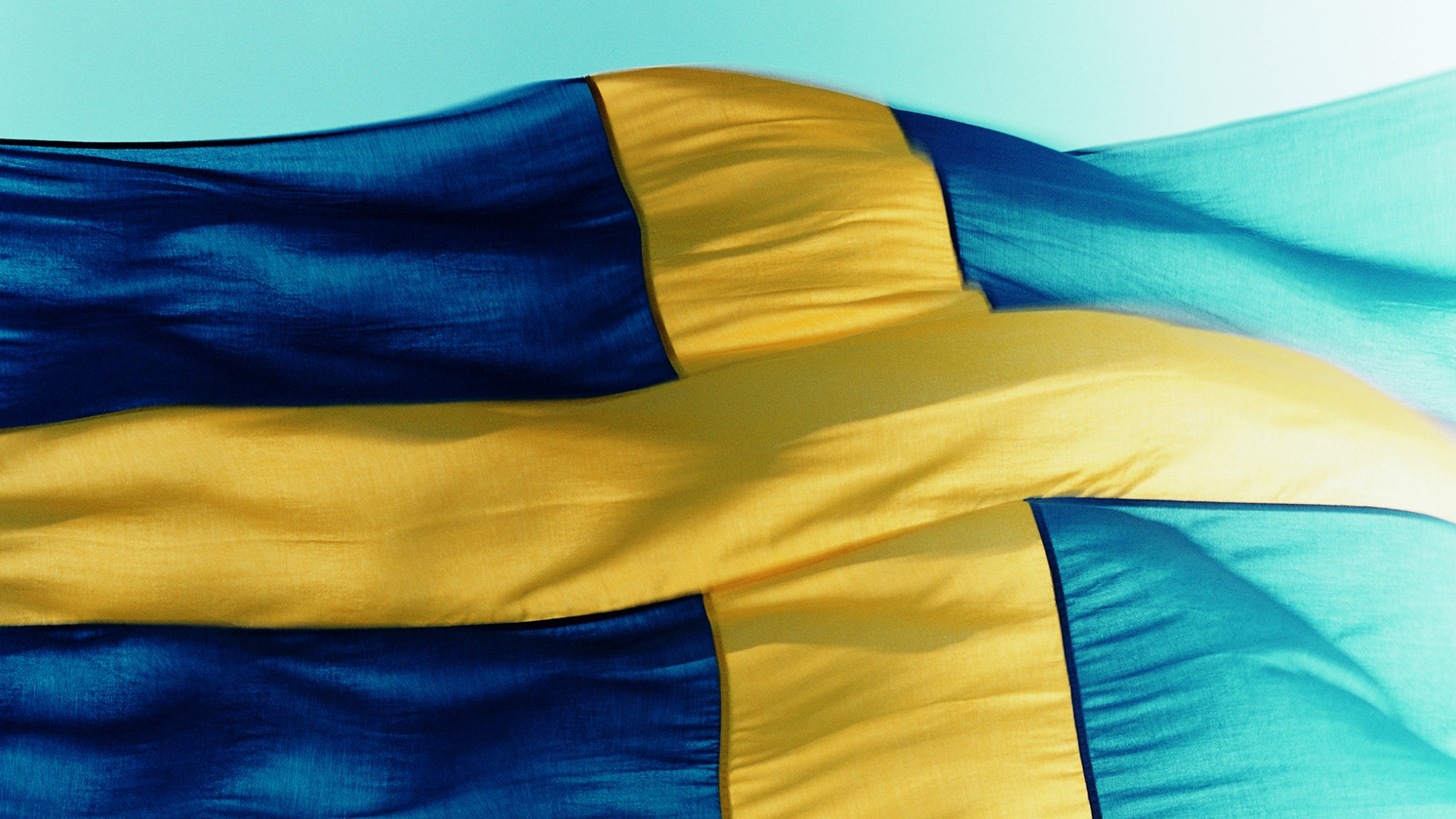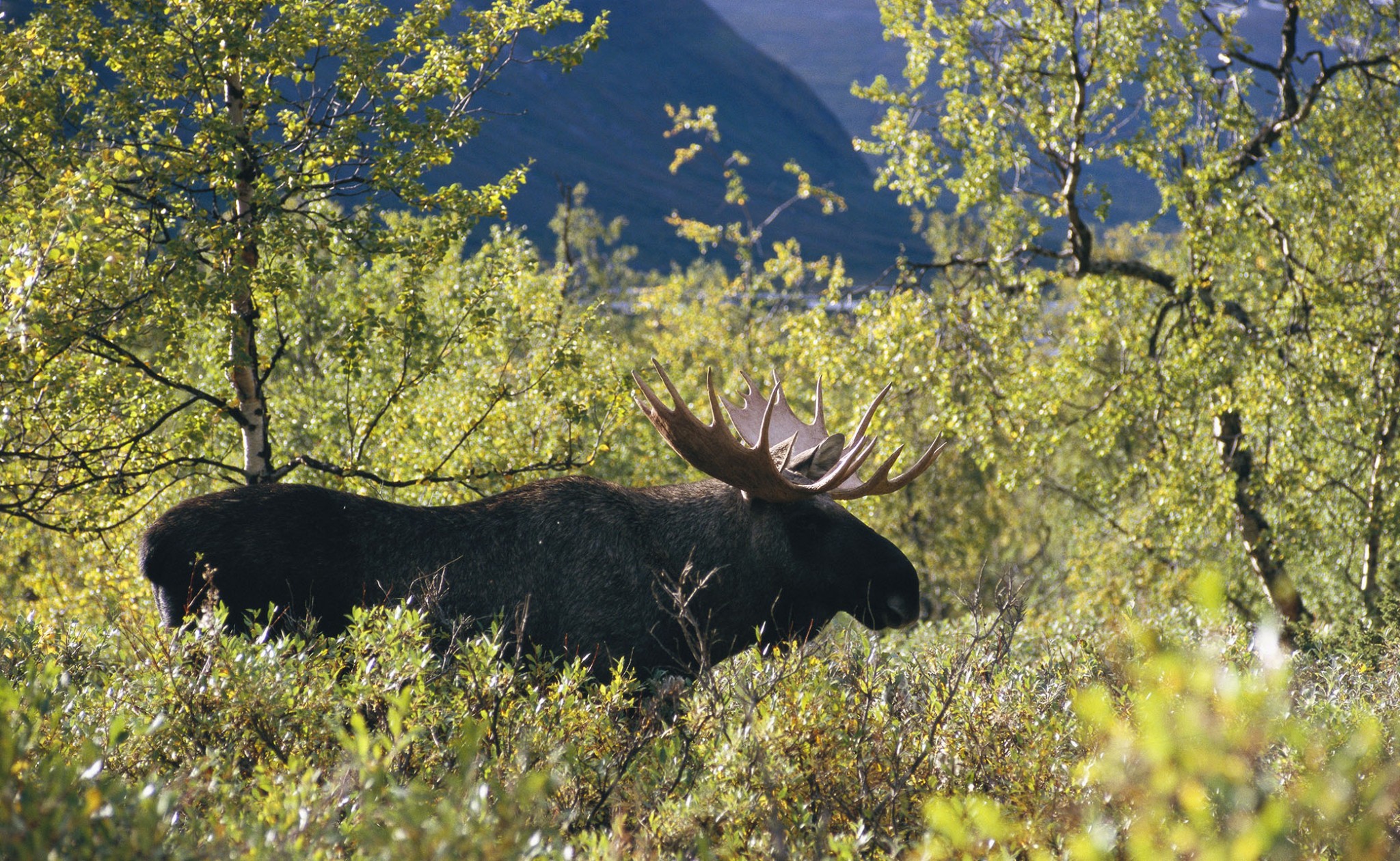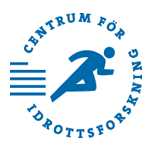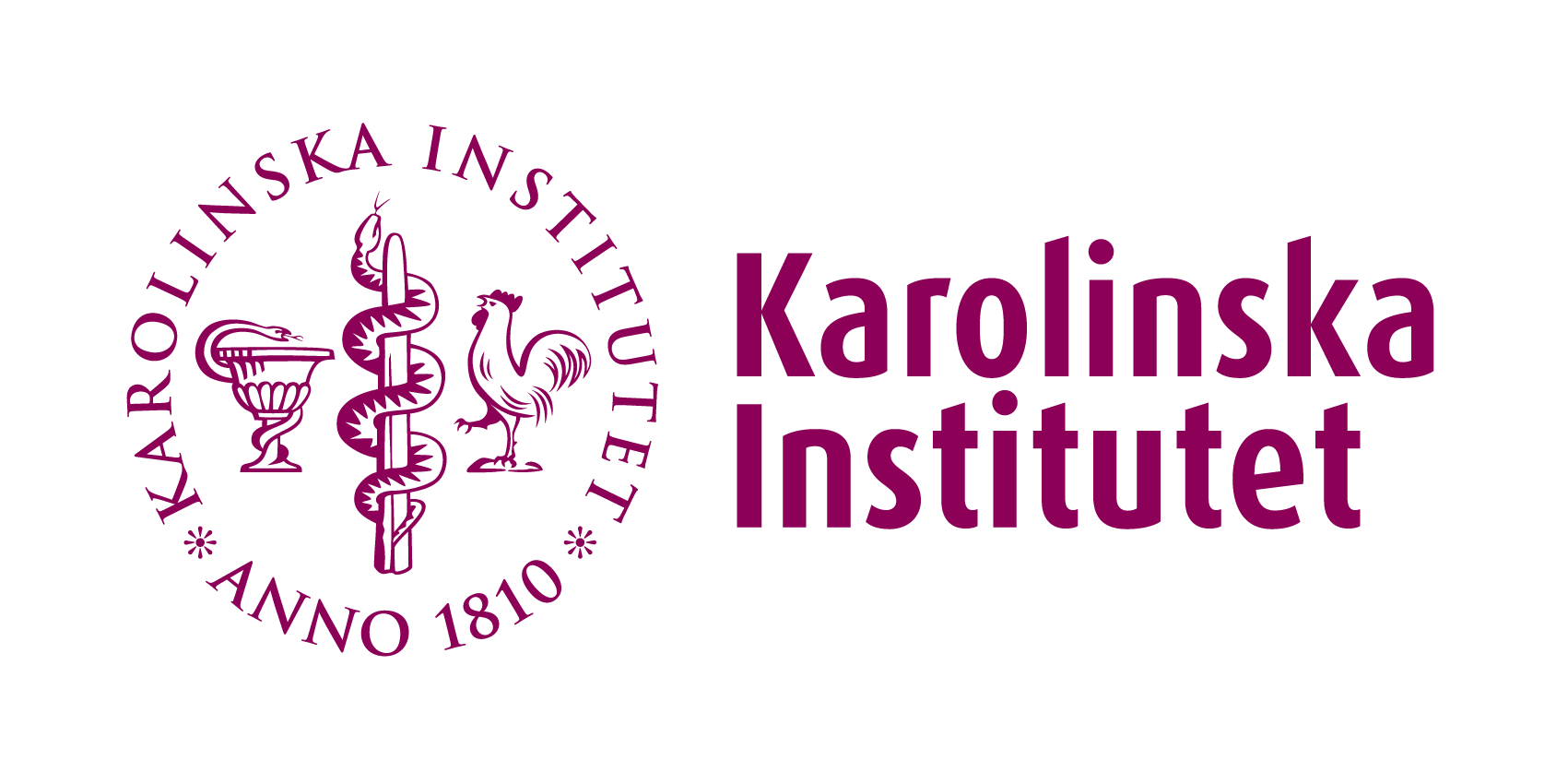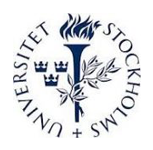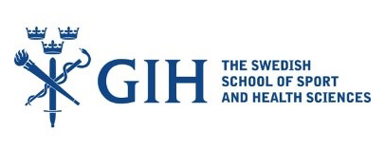

Stockholm & Sweden
Sweden
Sweden in brief
Sweden is a sparsely populated country, characterised by its long coastline, extensive forests and numerous lakes. It is one of the world’s northernmost countries. In terms of surface area it is comparable to Spain, Thailand or the American state of California. Sweden’s borders have been unchanged since 1905 and the country has not been at war since 1814.
Extreme contrasts
Sweden experiences extreme contrasts between its long summer days and equally long winter nights. In the summer, the sun stays in the sky around the clock in the parts of Sweden north of the Arctic Circle, but even as far south as Stockholm (59°N) the June nights have only a few hours of semi-darkness.
The Gulf Stream
Considering its geographic location, Sweden enjoys a favourable climate. This is mainly because of the Gulf Stream, a warm ocean current that flows off Norway’s west coast. Scandinavia has been completely covered by ice during several periods of history.
The most recent Ice Age ended only about 10,000 years ago, and the weight and movement of the ice sheet had a profound effect on the landscape. The hard outcrops of underlying rock were polished into the rounded shapes characteristic of Sweden’s archipelagoes, and hollows were deepened into valleys and lakes.
Varied scenery with a rich wildlife
With its variety of landscapes, Sweden has everything from bears and wolves in the north to roe deer and wild boar in the south. The country also has a wealth of flora and aquatic life, which contribute to its biological diversity.
Much of the Swedish landscape is dominated by coniferous forests such as pine and spruce, with large forests of deciduous trees such as birch and aspen in the south. Because of their limestone-rich bedrock and favourable climate, the islands of Gotland and Öland and parts of the Scandinavian mountain range have an interesting flora that includes numerous varieties of orchid.
Numbers increasing
Along with its beautiful scenery, Sweden has a rich and varied wildlife. The wolf for example is expanding its habitat across northern and central Sweden. Bear, lynx and wild-boar populations are also increasing. Throughout the country there are large numbers of elk (moose), roe deer, foxes and hares. The elk is a great prize for hunters but is also a traffic hazard. Hunting is closely regulated, and many species of animal are completely protected. Winter bird life in Sweden is dominated by a few species, but summer brings large numbers of migratory birds from the south.
With its long coasts and many lakes, Sweden also has a rich variety of aquatic life. Fish species vary from the cod and mackerel of the salty Atlantic to the salmon and pike found in the far less saline Gulf of Bothnia and in lakes and rivers. Herring and the smaller Baltic herring used to be an important staple food, but today are seen more as delicacies.
National parks
In 1910, Sweden became the first European country to establish national parks, mainly in the mountainous districts of Norrland. This helped save part of Europe’s last wilderness from exploitation. Numerous nature reserves and cultural heritage areas have also been established across the country.
Under the Right of Public Access (Allemansrätten), anyone is entitled to hike through forests and fields and pick berries and mushrooms, without asking the landowner’s permission, but this right also carries with it an obligation to respect the natural environment and private property.
Stockholm
With its 750 year history and rich cultural life, Stockholm offers a wide selection of world-class museums and attractions. Most of the city’s attractions can be reached on foot, and there’s a good chance of experiencing a lot of things in a short time. Experience big-city life, the history of civilization and natural scenery, all in the course of the same day.
Visit Stockholm City Hall. Climb the City Hall tower for a fantastic view of Stockholm. Don’t miss Gamla Stan, Stockholm’s oldest attraction and one of the best preserved medieval city centers in the world. Walk through small winding streets lined with stores full of handicrafts, antiques, art galleries and cafés. The Royal Palace and Stockholm Cathedral are also located in Gamla Stan.
The green island of Djurgården is home to some of the city’s most popular attractions. Visit the world-famous warship the Vasa, the world’s oldest open-air museum Skansen, or Astrid Lindgren’s Junibacken. And don’t miss the chance to see Stockholm from the water. Naturally a city built on fourteen islands offers marvelous views over the water. There are many different sightseeing tours to choose from. And if fourteen islands aren’t enough, Stockholm offers a wonderful archipelago with 30,000 islands, islet rocks and skerries.
There are many reasons why Stockholm is the natural Capital of Scandinavia. One is that Stockholm is positioned at the heart of the region, and enjoys the benefits of a world-class transport infrastructure. Another is that Stockholm is the largest city in the largest country in Scandinavia.
It is also where you find the most multinational companies, the largest stock market and, not least, the most visitors. People come to Stockholm for the food, the design and the music. Stockholm also offers a unique range of galleries and museums, and every year the eyes of the world are on Stockholm when the Nobel Prizes are awarded.
We look forward to welcoming you to Stockholm – the Capital of Scandinavia!

Contact us
Scientific Secretariat
E-mail: symposiaSPS2021@fyfa.ki.se
Conference Secretariat
Academic Conferences
E-mail: sps2021@akademikonferens.se
Direct: +46 18 67 15 33
Switchboard: +46 18 67 10 03
PO Box 7059
750 07 Uppsala, Sweden
Scientific Secretariat
E-mail: symposiaSPS2021@fyfa.ki.se
Conference Secretariat
Academic Conferences
E-mail: sps2021@akademikonferens.se
Direct: +46 18 67 15 33
Switchboard: +46 18 67 10 03
PO Box 7059
750 07 Uppsala, Sweden
Scientific Secretariat
E-mail: symposiaSPS2021@fyfa.ki.se
Conference Secretariat
Academic Conferences
E-mail: sps2021@akademikonferens.se
Direct: +46 18 67 15 33
Switchboard: +46 18 67 10 03
PO Box 7059
750 07 Uppsala, Sweden
Key dates
31 Aug, 2020: Deadline for symposia proposalsDec, 2020: Registration and abstract submission opens1 April, 2021: Deadline for abstract submissions
Mid-June, 2021: Notification will be sent to abstract authors
15 July, 2021: Last date for early-bird registration
25 August, 2021: Deadline for late-breaking abstracts (posters only)
2 Sept, 2021: Special interest group seminars
3-5 Sept, 2021: Main meeting Scandinavian Physiological Society

